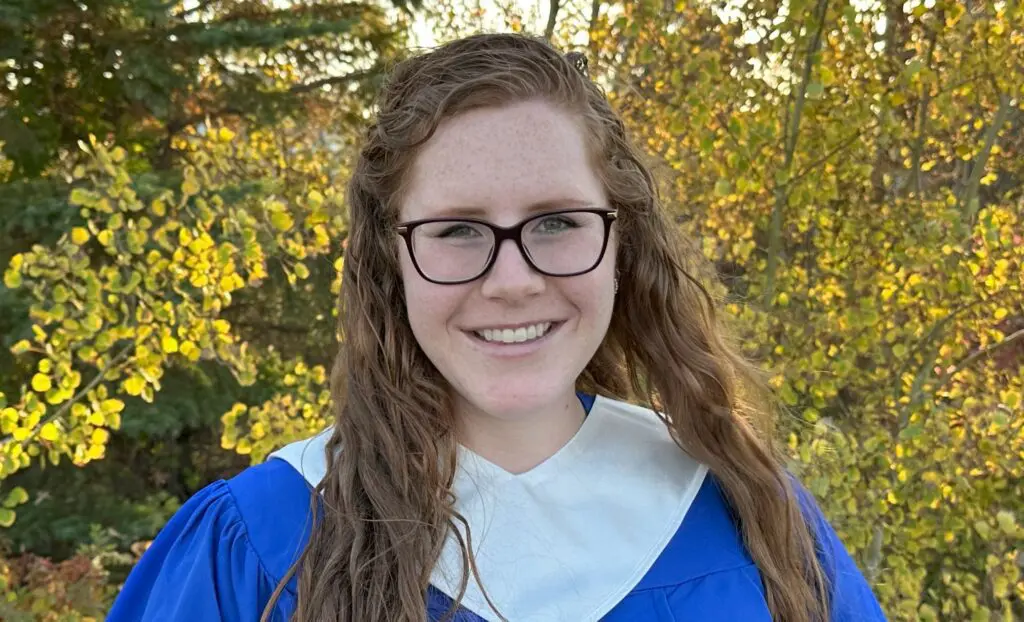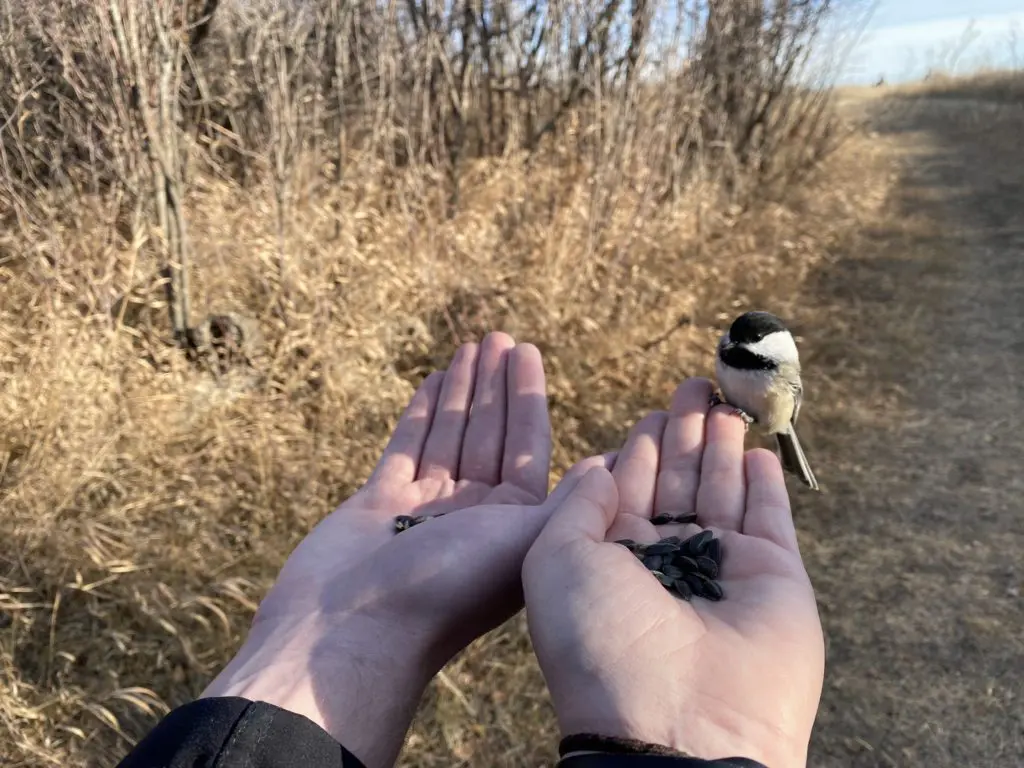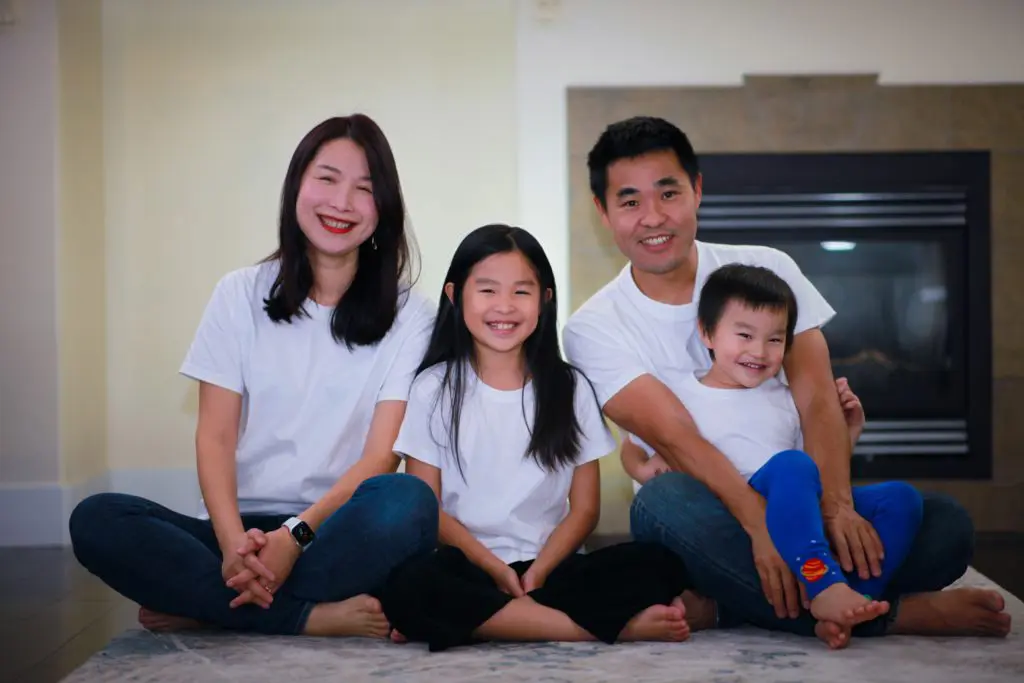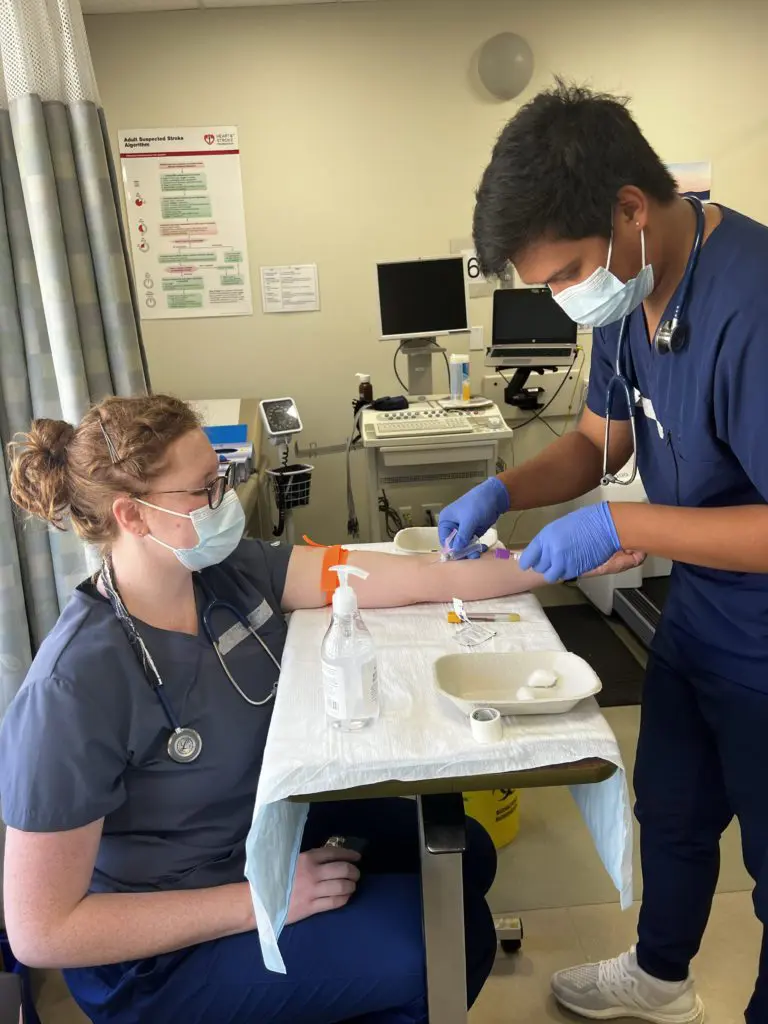One of the main reasons why I choose to become a Cardiology Technologist, is because the profession contains variety. I’m looking forward to having a full day comprised of several different jobs to keep work interesting and boredom at bay. So far we’ve learned how to perform and interpret ECGs, Stress Tests, Phlebotomy, and Holter Monitor Scanning. The final skill on the list for me to talk about is Holter Monitoring. A Holter Monitor is an ambulatory electrocardiography device that continuously records the heart’s electrical activity. The patient is hooked up to the device at the hospital, which they then wear at home while performing their regular day to day activities. A Holter Monitor may be worn for a 24-48 hour period, after which the patient will return to the hospital to submit the recording for the Cardiology Technologist to scan. The patient is given a diary during hook-up and is asked to write down any symptoms experienced during the recording. This gives the Cardio Tech a time reference to focus on during the scanning process, enabling them to discover what could potentially be the cause of the symptoms.
Holter scanning is different from previous skills I’ve learned in that it’s a task best performed in focused solitude. I found this to be a nice change of pace from other procedures that are more hands-on and patient interactive. It creates the perfect balance for a career that offers a little bit of everything. Much like every other course throughout this program, Holter scanning was a major learning curve with many new things to learn. The Cardio Tech’s goal is to scan a 24-hour Holter recording in approximately twenty minutes, which can prove to be quite a challenge for a difficult case. The Cardiologist doesn’t even look at the original, but relies solely on the summarized report written by the Cardio Tech. That adds a substantial amount of responsibility to the role, because if something is missed – then the patient could be misdiagnosed. Holter monitors are useful in diagnosing cardiac abnormalities that occur sporadically or during sleep. They can also help discover what triggers the symptoms, so the patient can work on prevention.
As I briefly mentioned in my most recent blog, this course was delivered at the same time as the Stress Testing course. We had eight weeks to complete a total of forty Holter cases, while also juggling the treadmill. Each student was given their own designated computer to scan at their own pace. Our instructor Fe was available for assistance, but because each Holter case is unique, we were encouraged to work each one out on our own. I’ve always excelled with independent learning, so I really enjoyed being able to come to school, plug in my headphones, and quietly work on my scanning. The only downside to the flexibility of this course, was because I finished all of my work two weeks early… it made returning to a classroom lecture-styled course all that more difficult. With only five more weeks until practicum, I’m feeling both anxious and eager to finish up all of the remaining classroom time. Soon I’ll have to start packing up my condo, moving our things into storage, and getting ready to say goodbye to the Lower Mainland.
Check out a video of our cardio tech students in action.






![An ECG demonstrates the extensive antero-septal-lateral myocardial infarction [heart attack] that Taryn witnessed.](https://stenbergcollege.com/wp-content/smush-webp/2022/12/ecg-1024x530.jpg.webp)



